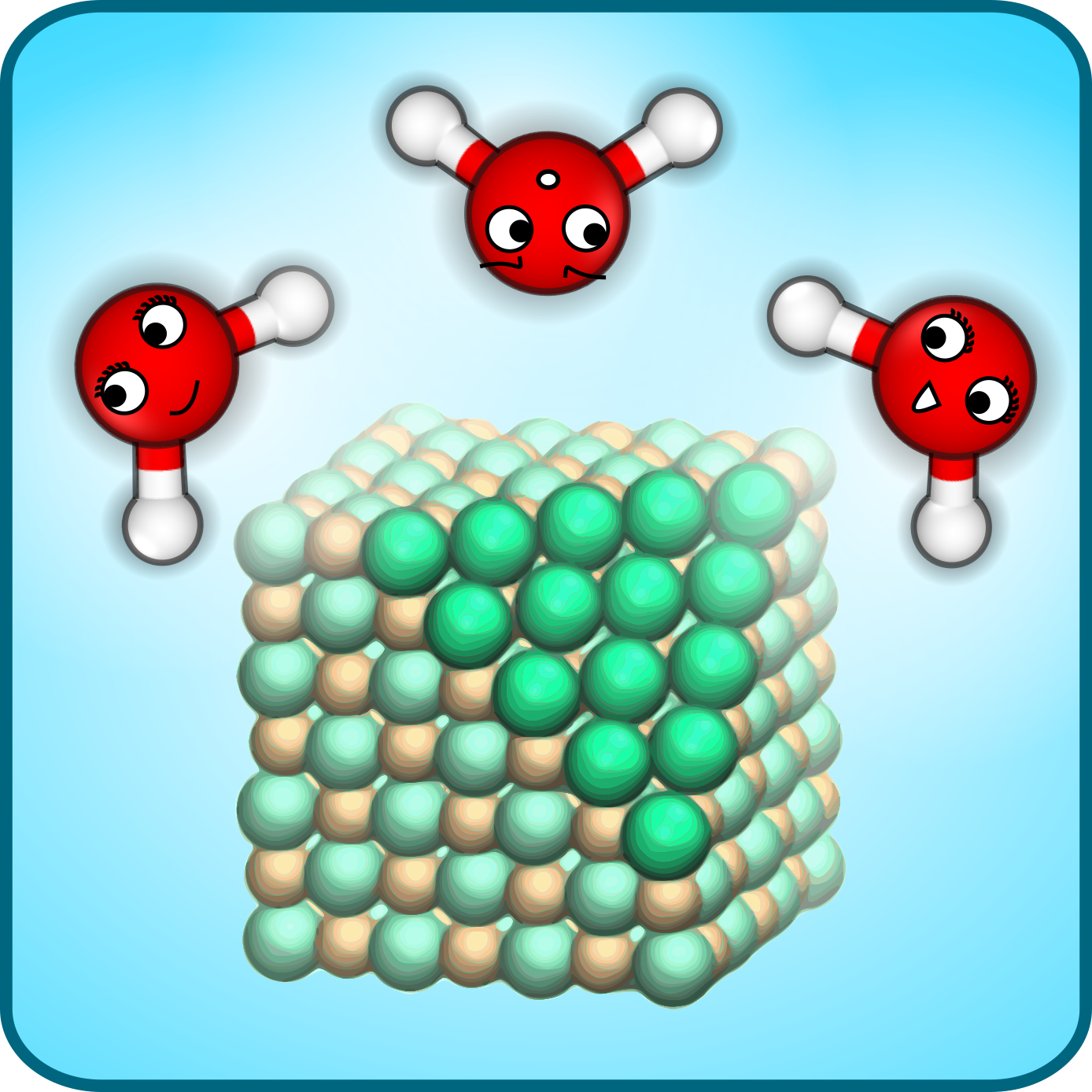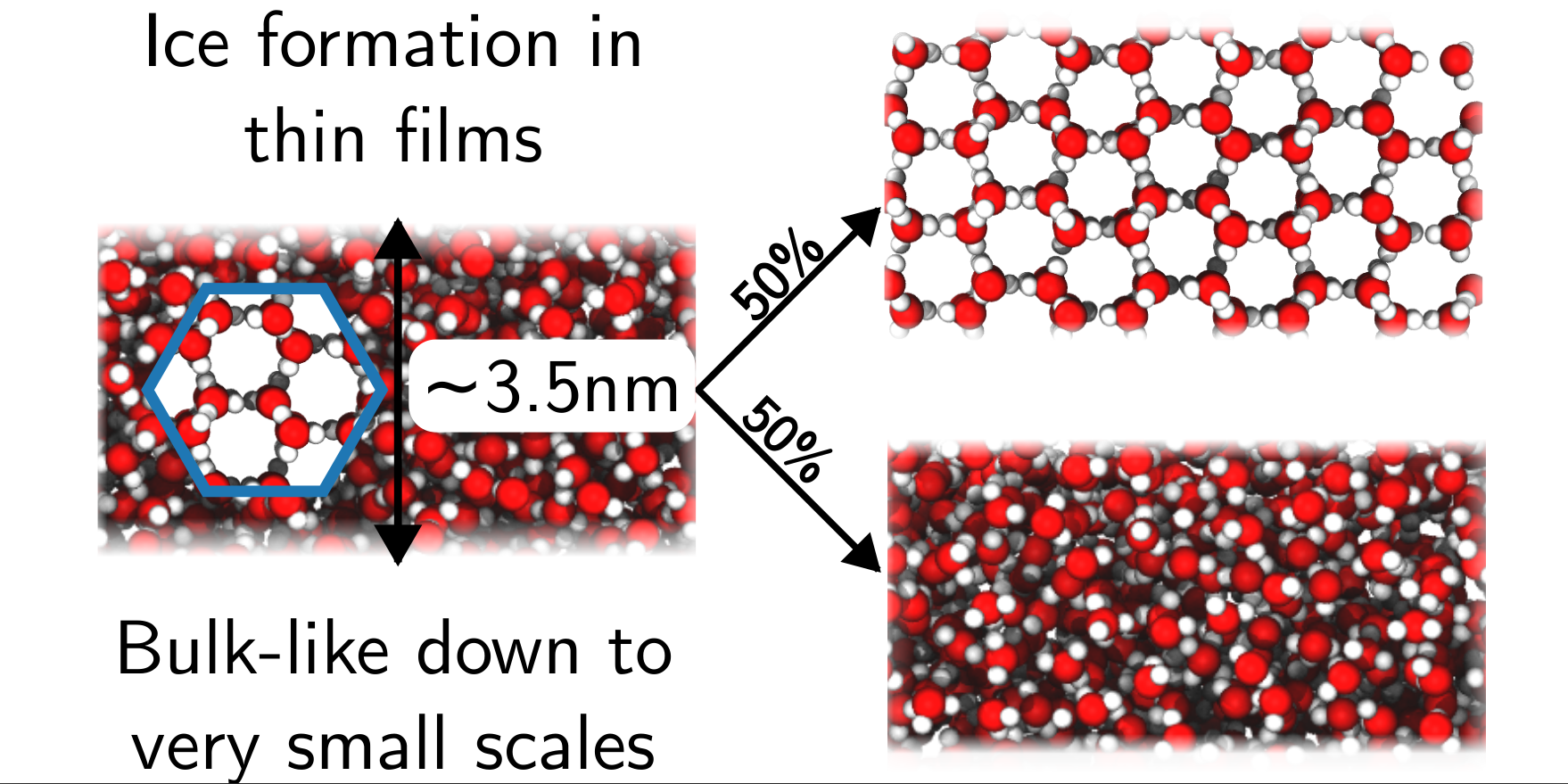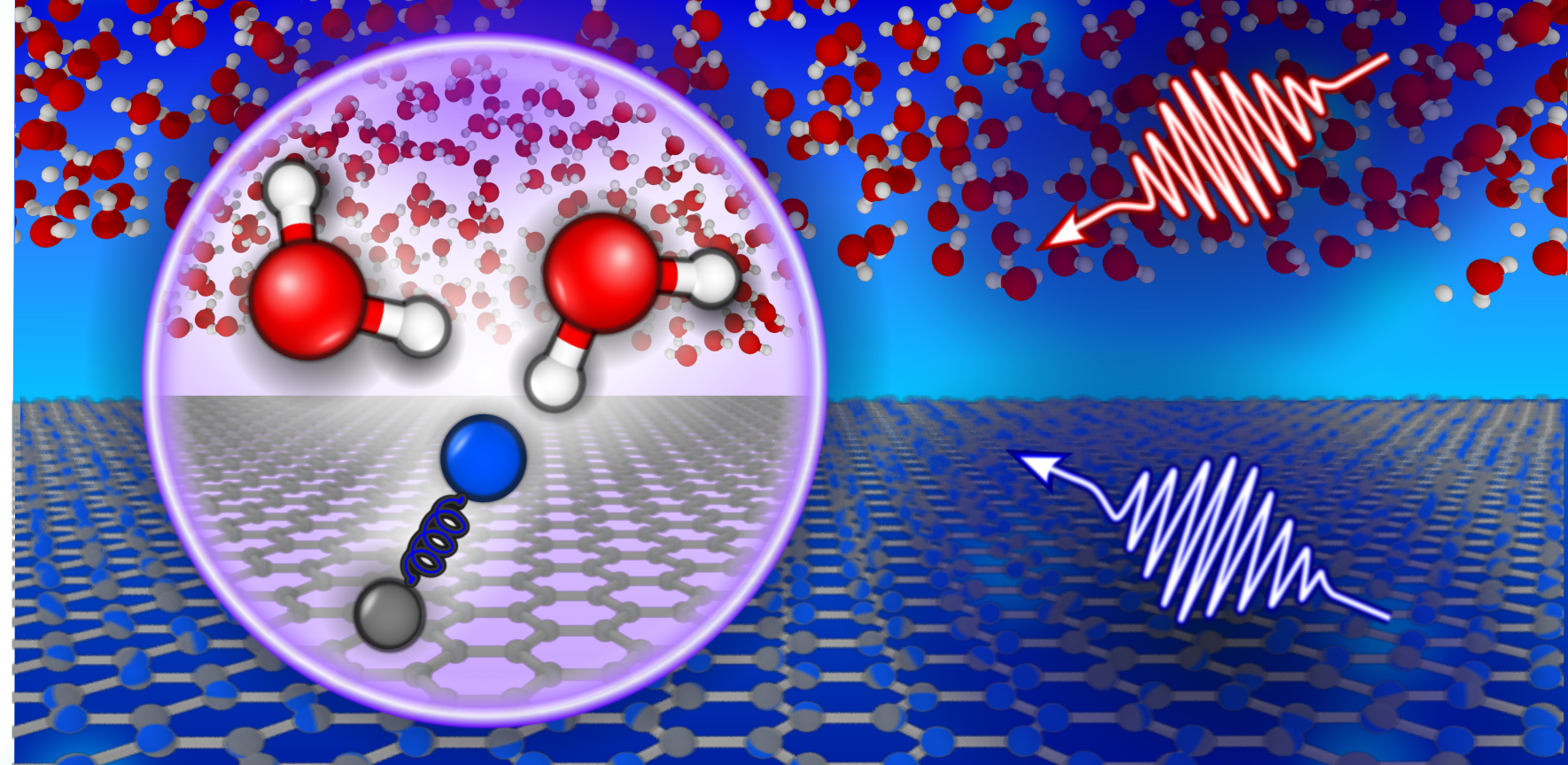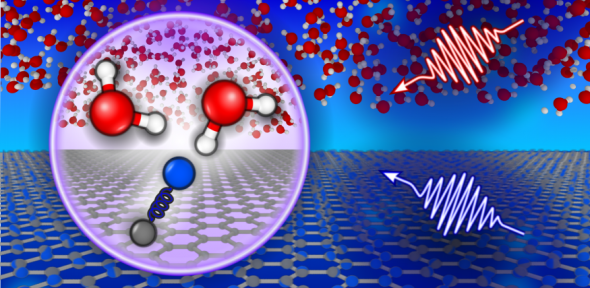
Why do we care?
For over a decade, experiments have shown that water exhibits several remarkable properties at the nanoscale, most prominently its friction in carbon nanostructures. Not only are these observations scientifically fascinating but they also advance the field of nanofluidics by offering sustainable solutions to problems in water desalination and energy harvesting. Although these experiments have prompted a substantial research effort—both experimental and theoretical—water-carbon friction has remained a major puzzle and our fundamental understanding is still very much lacking.
Our work
Recently, a theoretical framework, quantum friction, has been proposed as the missing element in the traditional picture of liquid-solid friction. Direct verification of this new theory of quantum friction (from either experiments or theory) is, however, lacking. In our work, Classical quantum friction at water-carbon interfaces, we provide the first attempt from simulations to model and understand quantum friction at the microscopic level. Our classical model captures the coupling between the water and carbon substrate which increases friction in a manner comparable to predictions from theory. Importantly, our results will help to guide future experimental verification (or not) of quantum friction, by revealing that the substrate dynamics is much more strongly affected than that of the fluid.
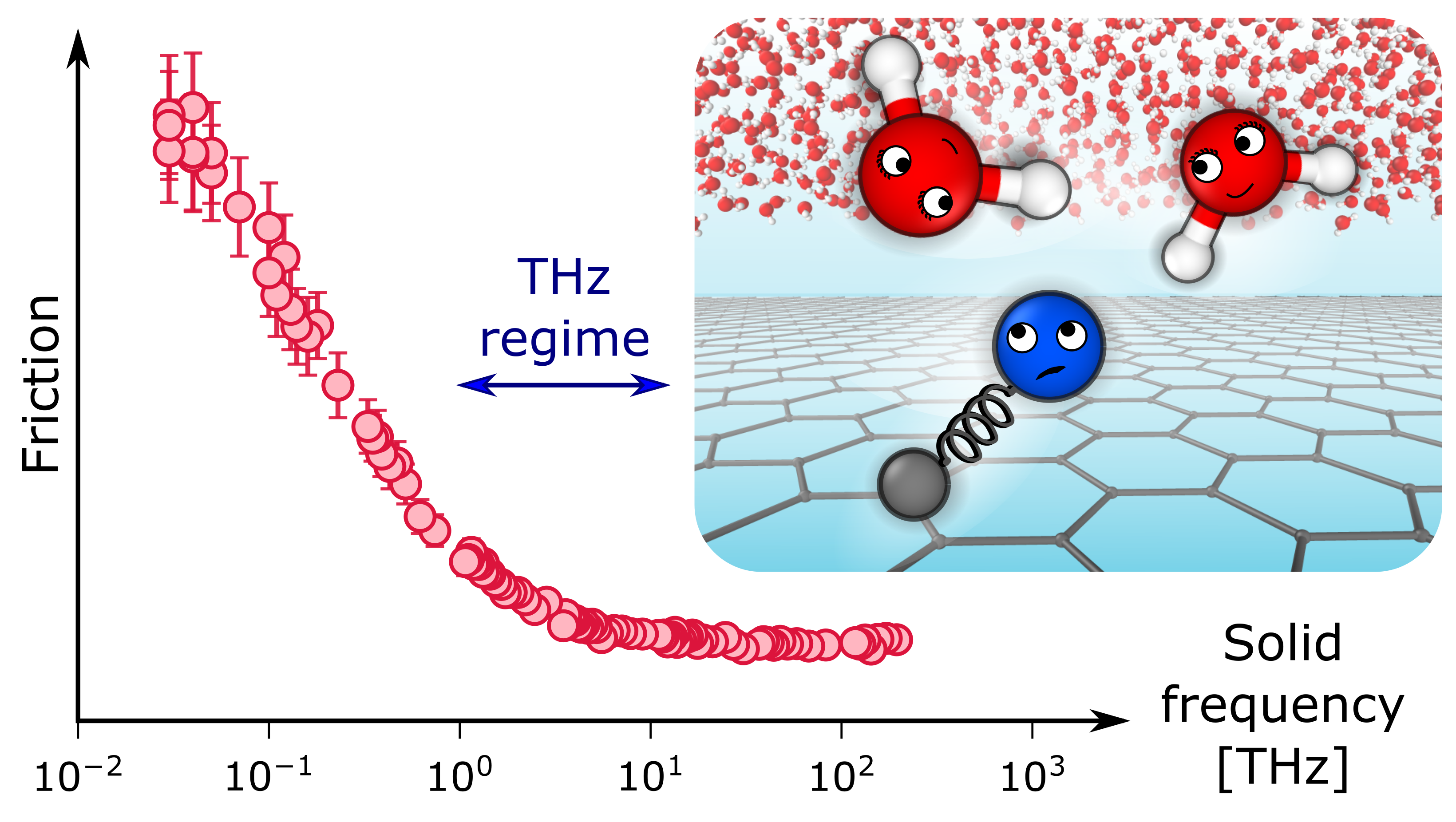
Future challenges
Classical or quantum, the flow of water at the nanoscale remains a challenging problem to tackle, from a simulation perspective. We are interested in developing new methods to model these phenomena even more faithfully in order to capture experimental observations. With those models, we can inspire new ways to control water transport at the nanoscale and perform "simulation experiments" of fascinating nanofluidic technologies such as filtration membranes and memristors.

